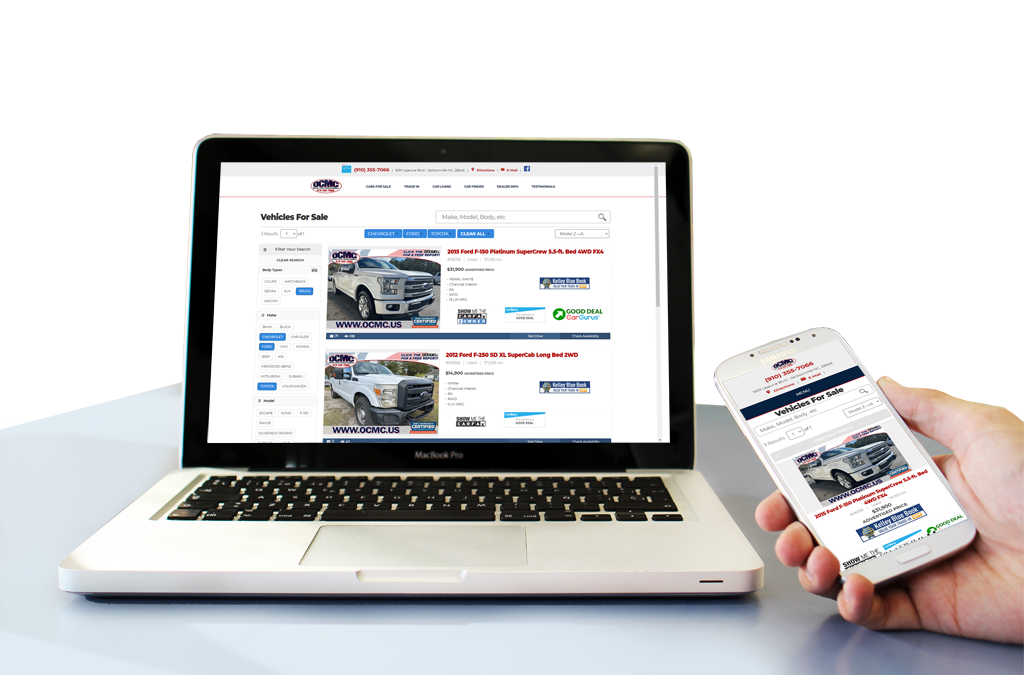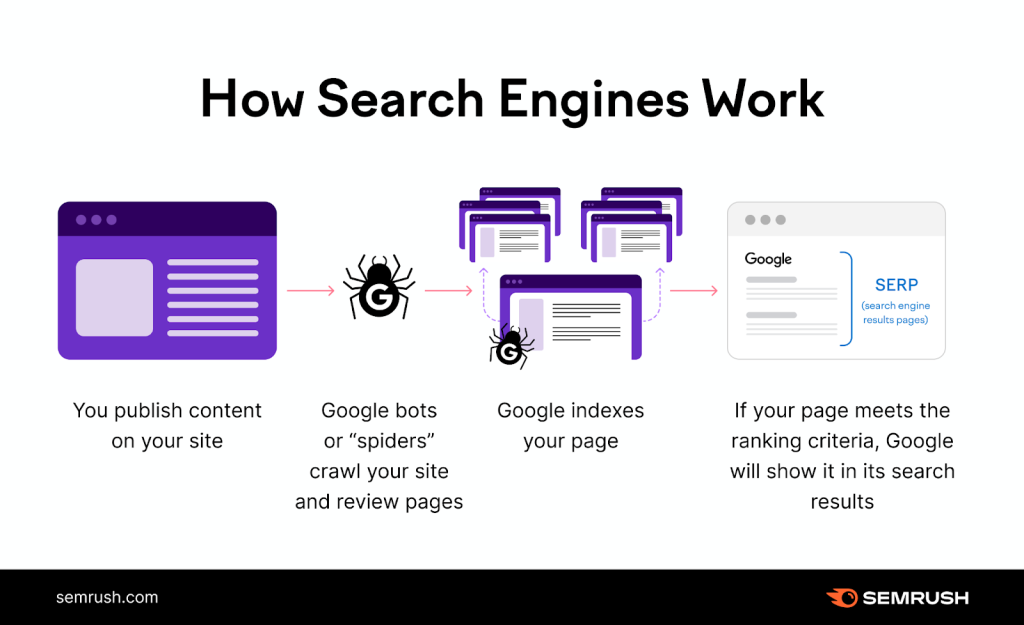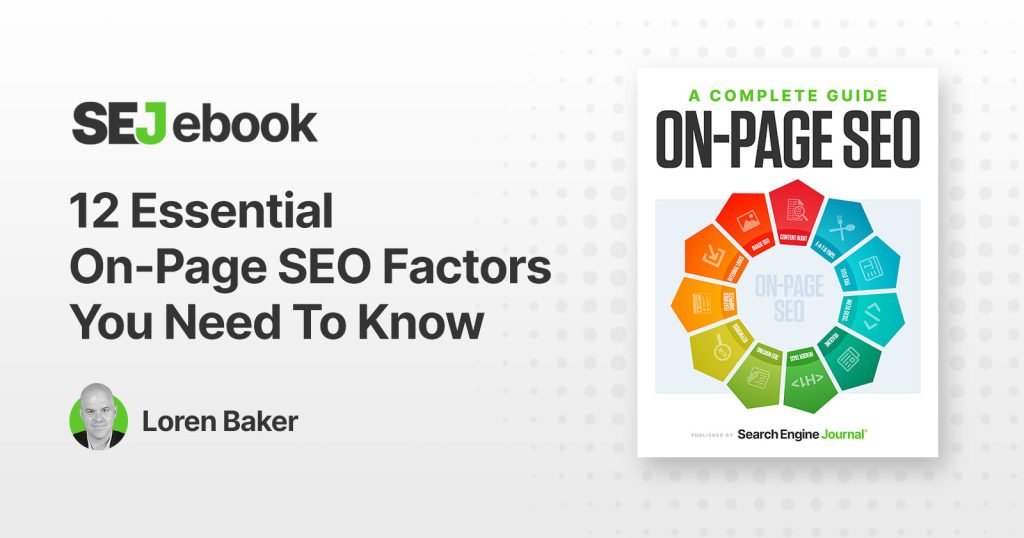Are you looking to boost the visibility of your car dealer blog and attract more potential customers? Look no further! In this article, you will find a collection of helpful tips to create SEO-friendly content for your blog. By implementing these strategies, you can improve your search engine rankings, increase organic traffic to your site, and ultimately drive more customers to your car dealership. So, let’s get started and unlock the potential of your blog!

This image is property of kgidealersolutions.com.
1. Conduct Keyword Research
Identify relevant keywords
One of the first steps in creating SEO-friendly content for your car dealer blog is to conduct keyword research. This involves identifying relevant keywords that your target audience is likely to search for when looking for information related to cars, car dealerships, and related topics. By understanding the keywords that are most frequently searched for, you can optimize your content to rank higher in search engine results.
Use keyword research tools
To conduct effective keyword research, it’s important to use keyword research tools. These tools can help you identify popular search terms and provide insights into search volume and competition. Some popular keyword research tools include Google Keyword Planner, SEMrush, and Ahrefs. By utilizing these tools, you can gain valuable insights into the keywords that are most relevant to your car dealer blog and optimize your content accordingly.
Consider long-tail keywords
In addition to identifying relevant keywords, it’s also important to consider using long-tail keywords in your content. Long-tail keywords are more specific phrases that typically have lower search volume but higher conversion rates. For example, instead of targeting a broad keyword like “car dealerships,” you might consider targeting a long-tail keyword like “affordable used car dealerships in [your city].” By targeting long-tail keywords, you can attract a more specific audience and increase the likelihood of attracting relevant traffic to your blog.
2. Optimize Your Blog Title and Meta Description
Include target keyword in blog title
When optimizing your car dealer blog’s content for search engines, it’s crucial to include your target keyword in the blog title. The blog title is one of the most important elements of your content, as it appears in search engine results and serves as a concise summary of what your blog post is about. Including your target keyword in the blog title helps search engines understand the relevance of your content and improves your chances of ranking higher in search results.
Create compelling meta descriptions
Another important aspect of optimizing your blog for search engines is creating compelling meta descriptions. Meta descriptions are short summaries of your blog post that appear below the blog title in search engine results. Crafting an engaging and informative meta description can entice users to click on your blog post and visit your website. Make sure to include relevant keywords and highlight the value or unique selling points of your content to attract more clicks.
Keep titles and descriptions concise
While it’s important to include your target keyword in your blog title and meta description, it’s equally important to keep them concise. Search engines often truncate titles and descriptions that exceed a certain length, so it’s crucial to keep them within the recommended character limits. Aim for a blog title under 60 characters and a meta description under 160 characters. By keeping your titles and descriptions concise, you can ensure that they appear fully in search results and effectively communicate your content’s relevance to the audience.

This image is property of townsquareinteractive.com.
3. Write High-Quality and Engaging Content
Focus on reader’s intent
To create SEO-friendly content for your car dealer blog, it’s essential to focus on the reader’s intent. Understand what your target audience is looking for when they search for information related to cars or car dealerships. By creating content that addresses their specific needs, concerns, and questions, you can provide value and establish yourself as a reputable source of information. Consider conducting customer surveys or analyzing customer feedback to gain insights into the topics and questions your audience is interested in.
Include relevant information
When writing content for your car dealer blog, be sure to include relevant and accurate information. Your audience is looking for trustworthy information that can help them make informed decisions about cars, car maintenance, and related topics. Include details such as specifications, features, pricing information, and any other information that would be valuable to potential car buyers. By providing comprehensive and accurate information, you can establish credibility and build trust with your audience.
Write in a natural and conversational tone
While it’s important to optimize your content for search engines, it’s equally important to write in a natural and conversational tone. Avoid keyword stuffing or using technical jargon that may confuse your readers. Instead, focus on creating content that is easy to read and understand. Use a friendly and conversational tone throughout your blog posts to engage your audience and make them feel comfortable. By writing in a natural and conversational tone, you can create a positive user experience and encourage readers to stay on your blog longer.
4. Use Heading Tags Appropriately
Utilize H1 tags for blog titles
When structuring your car dealer blog posts, it’s important to utilize H1 tags for your blog titles. H1 tags indicate the main heading or title of your blog post and carry significant weight in terms of SEO. Including your target keyword in the H1 tag can help search engines understand the topic of your content and improve your chances of ranking higher in search results. Make sure to use only one H1 tag per blog post and include your target keyword naturally within the title.
Organize content with H2 and H3 tags
In addition to utilizing H1 tags for your blog titles, it’s important to organize your content using H2 and H3 tags. H2 tags can be used to divide your content into sections, while H3 tags can be used to further subdivide your content within each section. By using heading tags appropriately, you can create a logical hierarchy within your blog posts and make it easier for both search engines and readers to navigate your content. Additionally, including target keywords in your heading tags can further optimize your content for SEO.
Include target keywords in your headings
To optimize your content for search engines, it’s important to include your target keywords in your headings. By including relevant keywords in your H1, H2, and H3 tags, you can signal to search engines that your content is highly relevant to those keywords. However, make sure to use keywords naturally and avoid keyword stuffing. The primary goal is to create informative and well-structured content that is valuable to your readers, while also optimizing it for search engines.

This image is property of static.semrush.com.
5. Add Internal and External Links
Include relevant internal links
One effective way to optimize your car dealer blog for SEO is to include relevant internal links within your content. Internal links are clickable links that direct users to other pages within your website. By including internal links, you can help search engines discover and index other pages on your site, improve the overall user experience, and increase the time users spend on your website. When adding internal links, make sure to use descriptive anchor text that accurately describes the page being linked to.
Link to reputable external sources
In addition to internal links, it’s also beneficial to include links to reputable external sources within your blog posts. External links can provide additional context, validate your claims, and enhance the credibility of your content. Linking to reputable sources can also signal to search engines that your content is well-researched and trustworthy. However, make sure to only link to high-quality and relevant sources that are directly related to the topic you are discussing.
Optimize anchor text for keywords
When adding internal and external links to your car dealer blog posts, it’s important to optimize the anchor text for keywords. Anchor text is the clickable text that contains the hyperlink. By using descriptive and keyword-rich anchor text, you can further optimize your content for search engines. For example, instead of using generic anchor text like “click here,” use anchor text that accurately describes the content of the linked page, such as “best car dealerships in [your city].” By optimizing anchor text, you can provide additional context to search engines and improve the relevancy of your content.
6. Optimize Your Images
Use descriptive file names
When adding images to your car dealer blog posts, it’s important to use descriptive file names. Instead of using generic file names like “IMG_1234.jpg,” rename your image files to accurately describe the content of the image. For example, if you are including an image of a red sports car, you might name the file “red-sports-car.jpg.” Descriptive file names not only make it easier for search engines to understand the content of your images but also improve the accessibility of your website for visually impaired users.
Utilize alt tags
Alt tags, also known as alternative text, provide descriptions of images for search engines and visually impaired users who rely on screen readers. When adding images to your car dealer blog posts, make sure to include relevant alt tags that accurately describe the content of each image. Be descriptive, but keep the alt tags concise and to the point. Including target keywords in your alt tags can further optimize your content for SEO and improve the visibility of your images in search engine image results.
Compress image files for faster loading speed
To optimize your car dealer blog for better performance and user experience, it’s important to compress your image files. Large image files can significantly slow down the loading speed of your website, leading to a poor user experience and potentially lower search engine rankings. Use image compression tools or plugins to reduce the file size of your images without compromising their quality. By compressing your image files, you can improve the loading time of your website and provide a smoother browsing experience for your users.

This image is property of www.searchenginejournal.com.
7. Make Your Content Readable
Break up content with subheadings
To improve the readability of your car dealer blog posts, break up your content with subheadings. Subheadings, such as H2 and H3 tags, make it easier for readers to scan your content and find the information they are looking for. Clear subheadings also help search engines understand the structure and organization of your content, which can improve your chances of ranking higher in search results. When using subheadings, make sure they accurately reflect the content of the sections they introduce.
Use bullet points and lists
Another effective way to enhance the readability of your car dealer blog posts is to use bullet points and lists. Bullet points and lists help break down information into easily digestible chunks, making it easier for readers to understand and retain the information you’re presenting. Bullet points and lists can be particularly useful when listing features, specifications, or any other information that benefits from being presented in a concise and scannable format. By using bullet points and lists, you can improve the overall user experience and keep readers engaged with your content.
Add images and videos for visual appeal
Incorporating relevant images and videos into your car dealer blog posts can add visual appeal and enhance the overall user experience. Images and videos can help break up text-heavy content, make your blog posts more engaging, and support the information you’re presenting. For example, you might include images of different car models or videos showcasing car reviews. However, make sure that the images and videos you use are relevant, high-quality, and properly optimized to prevent negatively impacting your website’s loading speed.
8. Optimize for Mobile
Ensure responsive design
In today’s mobile-driven world, it’s crucial to optimize your car dealer blog for mobile devices. Ensure that your website has a responsive design, which means it automatically adjusts to fit different screen sizes and resolutions. A responsive design ensures that your website is easily accessible and user-friendly for mobile users, providing a positive browsing experience. Search engines also prioritize mobile-friendly websites in their rankings, so optimizing for mobile can improve your visibility and organic traffic.
Minimize loading time on mobile devices
Mobile users expect fast-loading websites, so it’s important to minimize the loading time of your car dealer blog on mobile devices. Improve your website’s loading speed by optimizing image sizes, minimizing HTTP requests, and reducing the use of large files or scripts that may slow down your website. You can use tools like Google’s PageSpeed Insights or GTmetrix to identify and address any performance issues that may be impacting your loading speed. By providing a fast and responsive browsing experience, you can keep mobile users engaged and encourage them to explore your content further.
Use mobile-friendly font sizes and buttons
When optimizing your car dealer blog for mobile devices, pay attention to font sizes and buttons. Ensure that the font sizes are legible and comfortable to read on smaller screens without requiring users to zoom in. Additionally, make sure that buttons and interactive elements are properly sized and spaced to accommodate touch interactions. By optimizing font sizes and buttons for mobile, you can enhance the usability and accessibility of your website, making it easier for mobile users to navigate and interact with your content.

This image is property of blog.hubspot.com.
9. Regularly Update and Optimize Old Content
Refresh outdated information
To ensure that your car dealer blog remains relevant and valuable to your audience, it’s important to regularly update and refresh your old content. Review your existing blog posts and identify any outdated information or statistics that need to be updated. This could include changes in car models, prices, or regulations. By keeping your content up to date, you can maintain the credibility of your blog and provide accurate information to your readers.
Add new relevant keywords
As you conduct ongoing keyword research, you may come across new relevant keywords that you can incorporate into your existing blog posts. Adding new keywords to your old content can help improve its visibility in search engine results and attract additional organic traffic. Identify opportunities to naturally incorporate new keywords into your content without compromising the readability or overall value of the blog post. By optimizing your old content with new keywords, you can boost its search engine rankings and attract a wider audience.
Improve internal linking structure
Regularly updating and optimizing old content also provides an opportunity to improve your internal linking structure. Review your existing blog posts and identify opportunities to add new internal links to relevant pages on your website. Internal links help search engines discover and index your website, improve the overall user experience, and assist in distributing page authority throughout your site. By improving your internal linking structure, you can enhance the overall SEO performance of your car dealer blog.
10. Promote Your Content
Share on social media platforms
Once you’ve created SEO-friendly content for your car dealer blog, it’s important to promote it to reach a wider audience. Share your blog posts on social media platforms, such as Facebook, Twitter, Instagram, and LinkedIn, to increase visibility and generate traffic to your website. Craft engaging captions and use relevant hashtags to attract the attention and interest of your target audience. Encourage your followers to like, share, and comment on your posts to increase engagement and expand your reach.
Engage with online car communities
Engaging with online car communities is another effective way to promote your car dealer blog and reach a highly targeted audience. Join forums, online groups, and discussion boards related to cars and car dealerships, and actively participate in conversations. Share valuable insights, answer questions, and provide helpful information to establish yourself as an expert and build credibility. When appropriate, share links to your blog posts as a resource or solution to relevant topics being discussed. However, always make sure to follow the community’s guidelines and avoid spamming or self-promotion.
Guest blog on relevant websites
Guest blogging on relevant websites within the automotive industry can help you reach a new audience and build authority in your niche. Identify reputable websites or blogs that accept guest posts and offer to contribute well-written and informative articles. When guest blogging, make sure to include a bio or author profile that includes a link back to your car dealer blog. This not only drives traffic to your website but also helps strengthen your site’s backlink profile, which is an important factor in search engine rankings.
By following these tips for creating SEO-friendly content for your car dealer blog, you can improve your website’s visibility, attract more organic traffic, and establish your brand as a trusted source of information in the automotive industry. Remember to conduct thorough keyword research, optimize your titles and descriptions, write high-quality and engaging content, use heading tags appropriately, add internal and external links, optimize your images, make your content readable, optimize for mobile, regularly update and optimize old content, and promote your content through various channels. With consistent effort and attention to SEO best practices, your car dealer blog can achieve higher rankings and drive more qualified traffic to your website.





